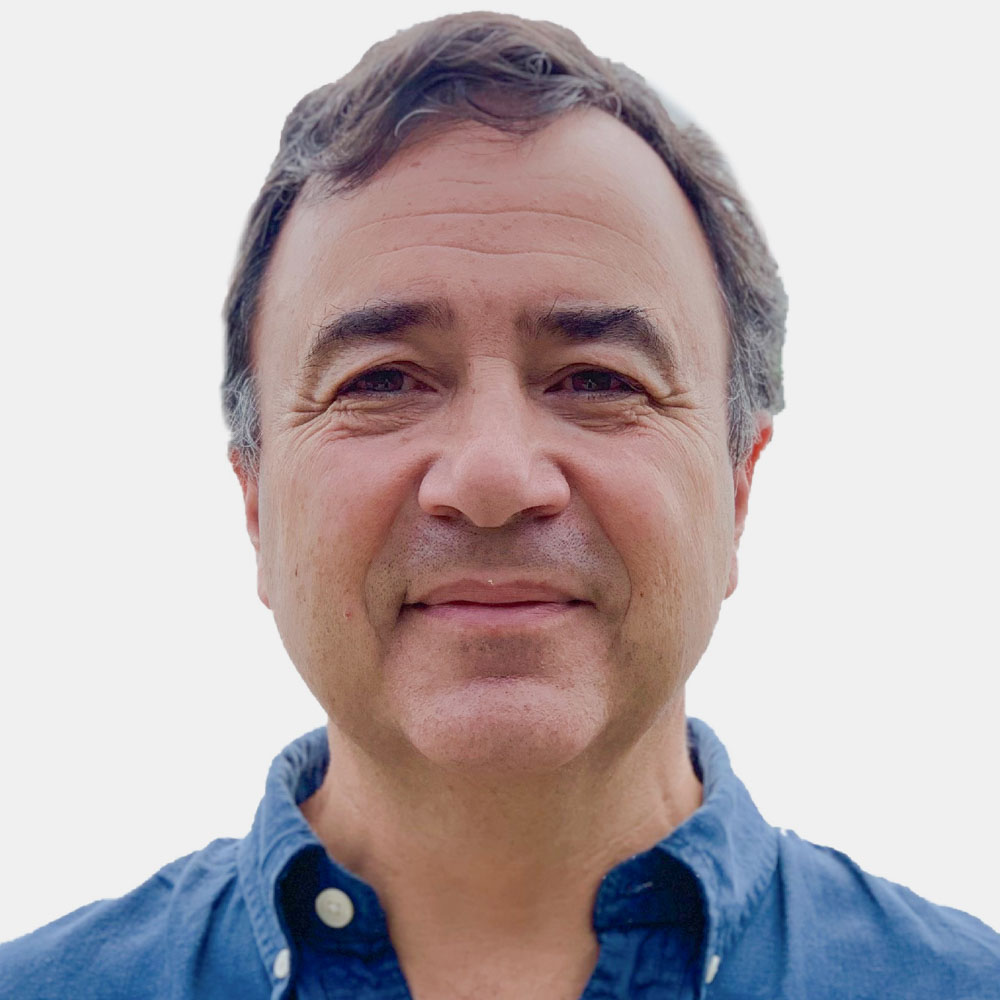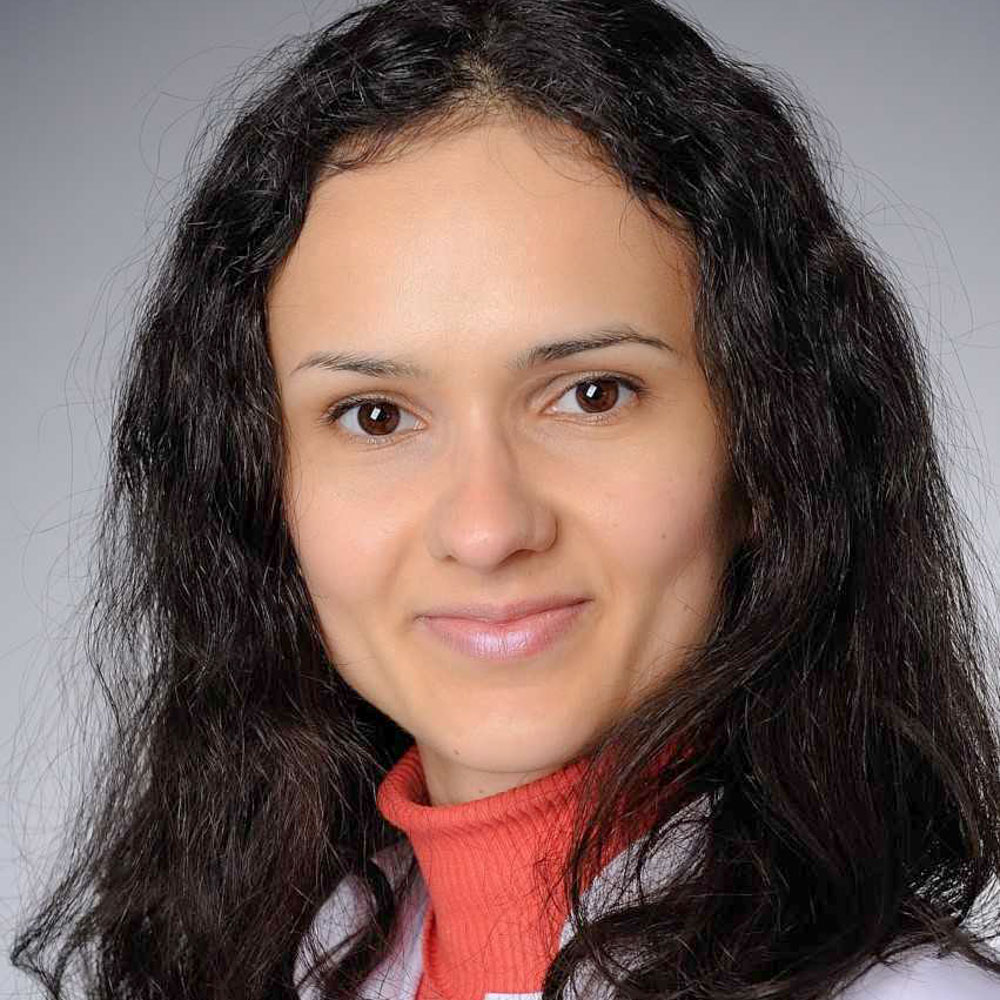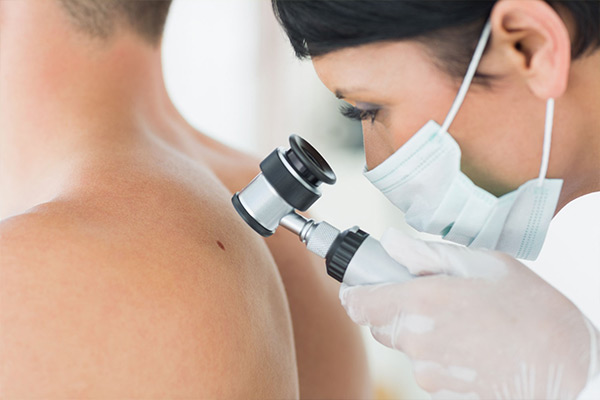

“Early diagnosis”: Ultrasound
Ximena Wortsman (Chile)
The role of high-frequency and ultra-high-frequency ultrasound in the diagnosis and management of keratinocytic skin cancer will be discussed in this lecture.
It will provide an update on the advances of ultrasound that may aid in the detection of skin cancer, examination requirements and protocols, primary indications, and ultrasonographic patterns of primary lesions and post-operative recurrence cases.
Clinical and ultrasonographic correlations will be used to illustrate the topic and aid in image comprehension.


“Surgery of non-melanoma skin cancer”: Special surgery techniques for the face
César Martins (Portugal)
The most common location for cutaneous malignant tumours is the face. The primary goal is to remove the lesion, and then the functional and aesthetic aspects must be considered.
Excisions for oncological reasons result in large surgical wounds that must be reconstructed using a therapeutic escalation of procedures, beginning with direct closure, healing by second intention, grafts, or flaps.
The goal of this presentation is to go over some technical details with an eye toward simpler closures, as well as to present solutions for function preservation and a good aesthetic result.


“Non-surgical therapeutic options”: PDT or daylight PDT
Rolf-Markus Szeimies (Germany)
Photodynamic therapy (PDT) has become a well-established therapeutic modality for keratinocytic skin cancer and its precursors over the last 20 years. Multiple randomized, controlled trials and meta-analyses have resulted in a high therapeutic efficacy with the different variants of PDT.
By utilizing the need of altered keratinocytes within diseased tissue for heme proteins, topical application of 5-aminolevulinic acid (ALA) or its methyl-ester (MAL) leads to the selective synthesis of photoactivatable porphyrins, mainly protoporphyrin IX (PPIX). When exposed to light with wavelengths that match the absorption spectrum of PPIX, reactive oxygen species (ROS) are generated within the diseased cells, causing necrosis and apoptosis while leaving the surrounding tissue unharmed. As a result, those cancers are destroyed very selectively, with excellent cosmetic outcomes.
Some caveats must be considered based on the mechanism of action: both drug penetration and activating light are limited, as is the oxygen content in solid tumors, so tumor thickness should not exceed 2-3 mm. This rules out squamous cell carcinomas as a potential target. Furthermore, because pigmentation and fibrous tissue limit therapeutic efficacy, pigmented AK or BCC or sclerosing variants of BCCs are not suitable targets.
The most significant side effect of topical PDT with porphyrin precursors is illumination-associated pain. A few strategies have been shown to be effective in reducing this burden: One method for overcoming pain is to increase the fluence of light and to lower exposure time in parallel so that the pain perception threshold is not met. This is achieved by using flashlamp-pumped, pulsed dye lasers or intense pulsed light sources emitting corresponding wavelengths.
Another option is to reduce the fluence of light while increasing exposure time. This opens up the possibility to use daylight as an irradiation source. Patients are protected with a chemical sunscreen that only blocks UVB and UVA irradiation and sensitized with either ALA or MAL. The patients then spend 120 minutes outside in the daylight. This allows for continuous synthesis and activation of PPIX within diseased cells, no sensitization of surrounding tissue and nerve endings, and almost painless therapy. However, daylight-PDT can only be performed with temperatures above 10°C and when it is not raining outside. Meanwhile, LED-lamps that mimic the emission spectrum of the sun are available so that artificial daylight-PDT can be offered throughout the year with the same favourable outcome as with classical red light-PDT or daylight-PDT in AK.


“Non-surgical therapeutic options”: Adjuvant and neoadjuvant therapy
Oana Diana Persa (Germany)
Keratinocytic skin cancers can recur despite complete surgical excision, indicating the existence of a small group of keratinocytic skin cancers with a high-risk profile in need of further adjuvant or neoadjuvant therapy. Recently introduced systemic therapies for locally advanced and metastatic keratinocyte skin cancers such as PD-1 inhibitors and Hedgehog inhibitors pave the way for (neo)adjuvant use. Advantages of the neoadjuvant approach include the ability to evaluate the pathologic response and the potential for surgical downstaging.
However, keratinocytic skin cancers treated with neoadjuvant therapy might progress to an unresectable disease or adverse events associated with the systemic therapy could delay the surgery. Preliminary studies analysing the neoadjuvant use of the PD-1 inhibitor cemiplimab in SCC show promising results with a reported pathologic complete response rate of 51%. Interestingly, 25-46 % of patients with BCC undergoing neoadjuvant treatment with the Hedgehog inhibitor Vismodegib had a complete histological regression. More importantly, vismodegib reduced the surgical defect area by 27% from the baseline thus improving the surgical outcome. Because results from randomized trials analyzing systemic adjuvant treatment are still pending, radiotherapy is used as the primary adjuvant treatment for high-risk keratinocytic skin cancers. Adjuvant radiotherapy is recommended for tumors with perineural invasion, invasion beyond the subcutaneous fat, and after complete excision of a local relapse due to the high risk of local relapse.
Moreover, adjuvant radiotherapy should be considered for desmoplastic SCC in the context of immunosuppression. The appropriate strategy for the treatment of high-risk SCC and locally advanced BCC is decided on a case-by-case basis by a multidisciplinary team. Adjuvant and neoadjuvant treatment can provide substantial benefits for many patients with high-risk SCC and BCC. Further randomized trials are needed to better establish the duration of (neo)adjuvant treatment as well as sequencing between surgery, radiotherapy, and systemic therapy.





